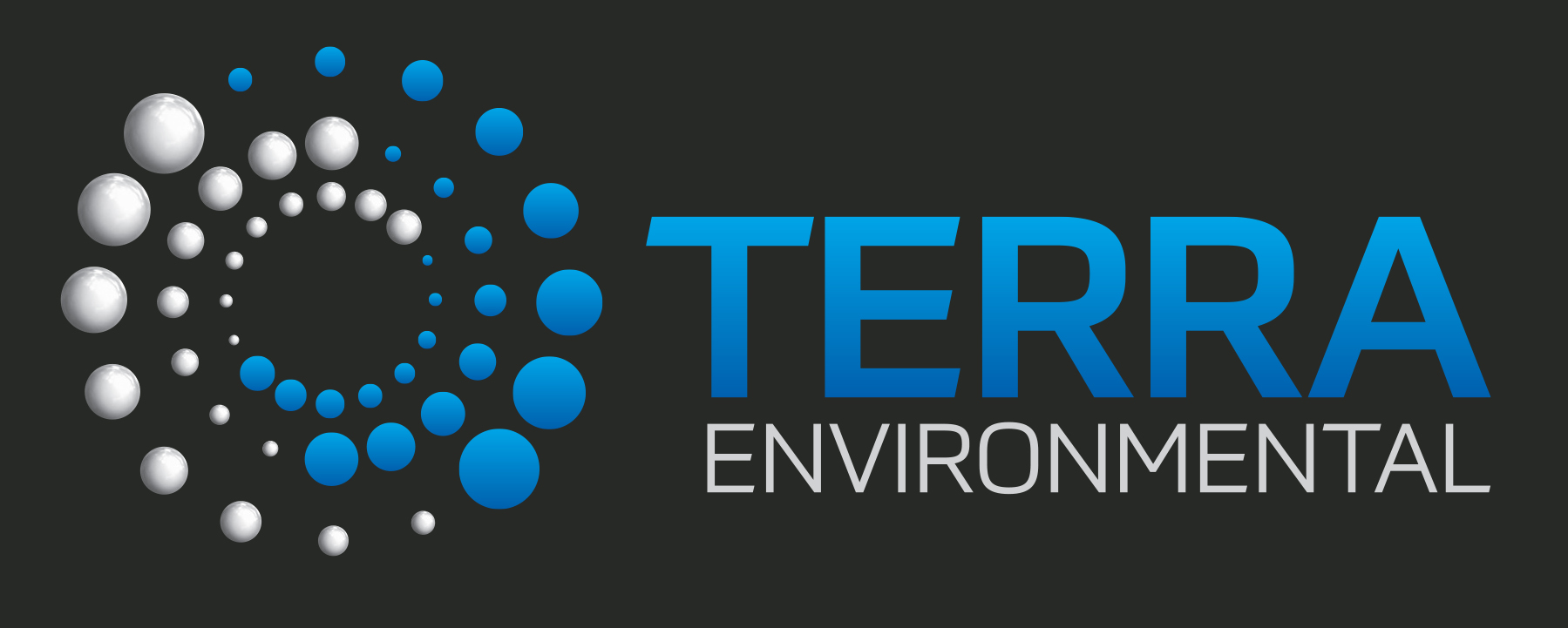
Project Survey
Wind power is the use of air flow through wind turbines to mechanically power generators for electricity. Wind power, as an alternative to burning fossil fuels, is plentiful, renewable, widely distributed, clean, produces no greenhouse gas emissions during operation, and uses little land.

Process of building and finishing
Wind power gives variable power which is very consistent from year to year but which has significant variation over shorter time scales. It is therefore used in conjunction with other electric power sources to give a reliable supply. As the proportion of wind power in a region increases.
A statement from the organisers said the launch took place at the Making Solar Bankable conference in Amsterdam.
ACF 2016 is a $7million financial support mechanism designed to provide local power project developers and originators with the technical experience, expertise and funding required to bring their renewable energy projects to life, said the statement.
It said: “Following the competition’s successful launch last year, the ACF increased its funding pot from $5million in 2015 to $7million for this year’s winners. “The successful projects will be selected by a panel of expert judges whose decision will be based on commercial, technical and environmental merits, the local regulatory environment, and the project team.”
It said further, “The winners of ACF 2016 will be announced on June 21, 2016 before a live audience during the Africa Energy Forum in London. The winners will enter a Joint Development Agreement with Access Power, which will take an equity stake in the winning projects and fund third-party development costs such as feasibility studies, grid studies, environmental and social impact assessments and due diligence fees.”
It added that Access Power will also provide technical support, financial structure and development process management.
Commenting, the Executive Chairman, Access Power, Mr.Reda El Chaar,said: “ACF 2016 is leading the way in demonstrating and supporting the type of renewable energy projects that will help meet Africa’s massive and urgent need for electrification.
“Through this unique facility, we hope to encourage innovation and support companies in their efforts to deliver power to places that desperately need it. Last year we received a total of 55 submissions from 18 countries across Africa, including solar, wind, hydro, hybrid and bio-mass projects. “2016 looks set to build on that success. We look forward with great interest to receiving this year’s entries and hearing the judge’s final decision during an exciting live event at the Africa Energy Forum in London this summer.”
The organisers disclosed that one project had already pre-qualified for ACF2016. A 25MW solar project being developed in Sierra Leone by Africa Growth and Energy Solutions (AGES) won the Solar Shark Tank competition at the Making Solar Bankable conference in Amsterdam on 18th February.
In a keenly fought contest, three emerging markets developers competed for a $100,000 grant to support the development of their solar projects, funded by Access Power and Dutch development bank FMO. Part of the prize, subject to terms and conditions, was pre-qualification for ACF2016.
 Installers recommend sites with average wind speeds of at least 12 mph, but specific land requirements vary. Zoning codes sometimes impose a minimum requirement on lot size or on the distance a turbine may be placed from a property line and may vary depending on the height of the proposed turbine.
Installers recommend sites with average wind speeds of at least 12 mph, but specific land requirements vary. Zoning codes sometimes impose a minimum requirement on lot size or on the distance a turbine may be placed from a property line and may vary depending on the height of the proposed turbine.
Also, it is essential to have a site with unobstructed access to winds, which most often requires higher towers, larger land lots, and non-urban locations.
Small wind facilities are used to provide electricity to isolated locations and utility companies increasingly buy back surplus electricity produced by small domestic wind turbines. A large wind farm may consist of several hundred individual wind turbines which are connected to the electric power transmission network and can be located either in-land (onshore) or in bodies of water (offshore). Offshore wind farms can harness more frequent and powerful winds than are available to land-based installations.
A large contribution from wind energy to European power generation is technically and economically feasible. In 2011, installed wind power capacity in the European Union totalled 93.957 MW, enough to supply 6.3% of the EU’s demand for electricity. EWEA’s analysis of the National Renewable Energy Action Plans (NREAPs) showed an envisaged installed capacity of 213 GW of wind power which is forecast to produce 495 TWh of electricity in 2020. Taking the 27 NREAPs’ additional energy efficiency scenario, EU gross electricity demand is scheduled to grow to 3.529 TWh in 2020. Wind energy would, therefore, meet roughly 14% of the EU’s demand.
Installers recommend sites with average wind speeds of at least 12 mph, but specific land requirements vary. Zoning codes sometimes impose a minimum requirement on lot size or on the distance a turbine may be placed from a property line and may vary depending on the height of the proposed turbine.
